Anirban Biswas
Spatial Reasoning from Natural Language Instructions for Robot Manipulation
Dec 26, 2020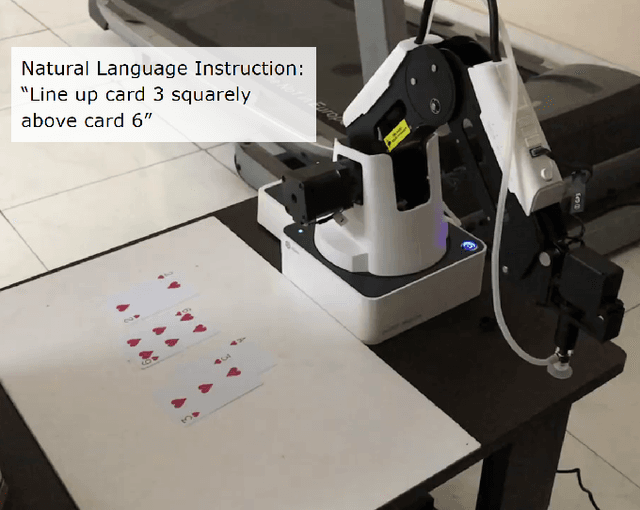
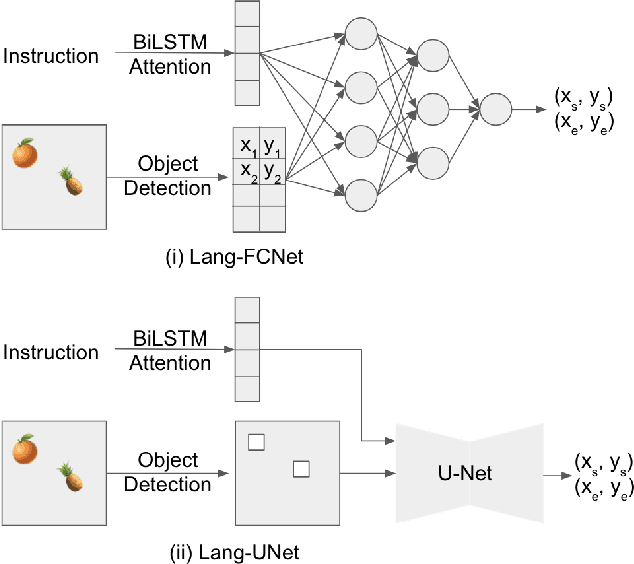
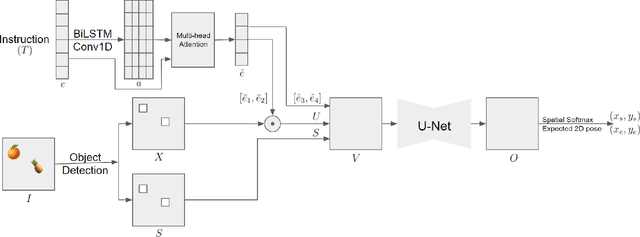
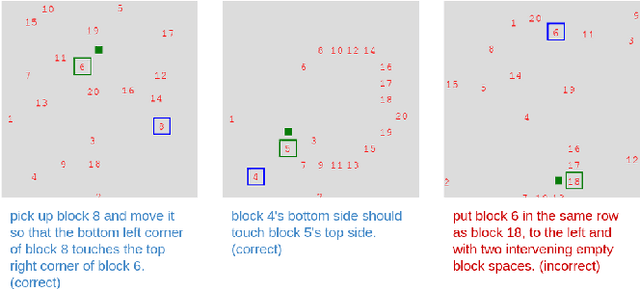
Abstract:Robots that can manipulate objects in unstructured environments and collaborate with humans can benefit immensely by understanding natural language. We propose a pipelined architecture of two stages to perform spatial reasoning on the text input. All the objects in the scene are first localized, and then the instruction for the robot in natural language and the localized co-ordinates are mapped to the start and end co-ordinates corresponding to the locations where the robot must pick up and place the object respectively. We show that representing the localized objects by quantizing their positions to a binary grid is preferable to representing them as a list of 2D co-ordinates. We also show that attention improves generalization and can overcome biases in the dataset. The proposed method is used to pick-and-place playing cards using a robot arm.
Beyond Node Embedding: A Direct Unsupervised Edge Representation Framework for Homogeneous Networks
Dec 11, 2019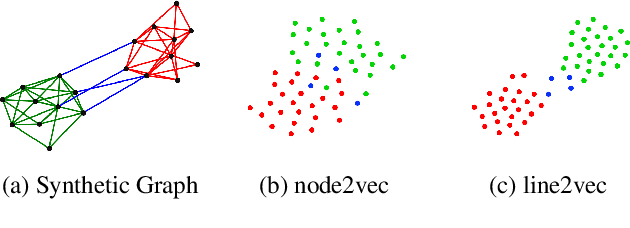

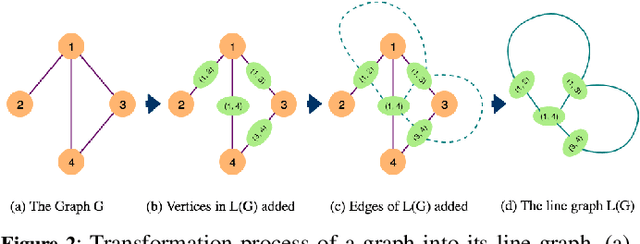

Abstract:Network representation learning has traditionally been used to find lower dimensional vector representations of the nodes in a network. However, there are very important edge driven mining tasks of interest to the classical network analysis community, which have mostly been unexplored in the network embedding space. For applications such as link prediction in homogeneous networks, vector representation (i.e., embedding) of an edge is derived heuristically just by using simple aggregations of the embeddings of the end vertices of the edge. Clearly, this method of deriving edge embedding is suboptimal and there is a need for a dedicated unsupervised approach for embedding edges by leveraging edge properties of the network. Towards this end, we propose a novel concept of converting a network to its weighted line graph which is ideally suited to find the embedding of edges of the original network. We further derive a novel algorithm to embed the line graph, by introducing the concept of collective homophily. To the best of our knowledge, this is the first direct unsupervised approach for edge embedding in homogeneous information networks, without relying on the node embeddings. We validate the edge embeddings on three downstream edge mining tasks. Our proposed optimization framework for edge embedding also generates a set of node embeddings, which are not just the aggregation of edges. Further experimental analysis shows the connection of our framework to the concept of node centrality.
 Add to Chrome
Add to Chrome Add to Firefox
Add to Firefox Add to Edge
Add to Edge